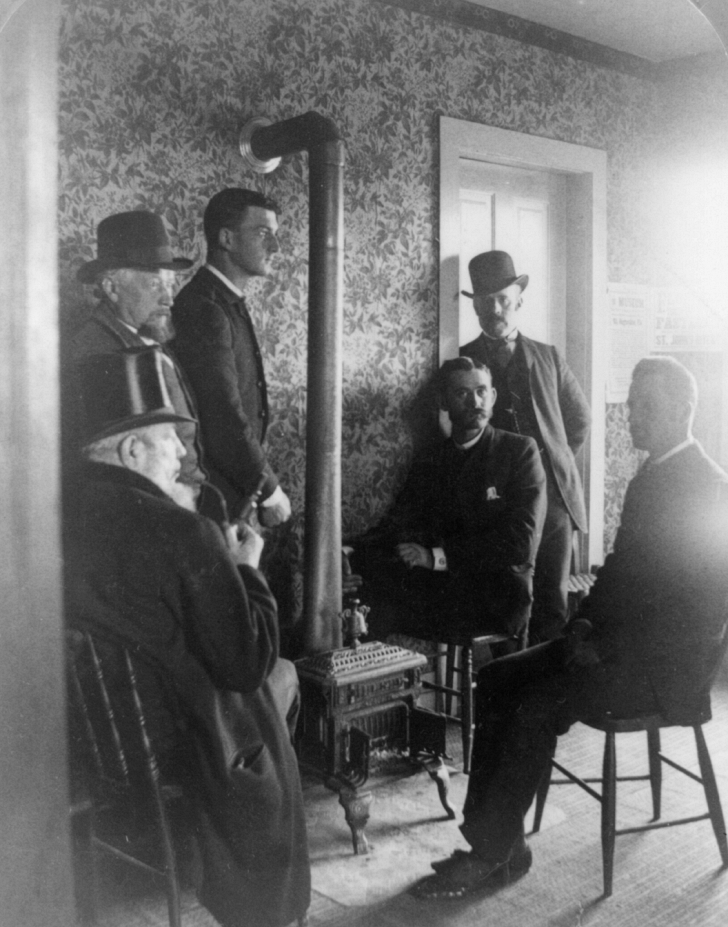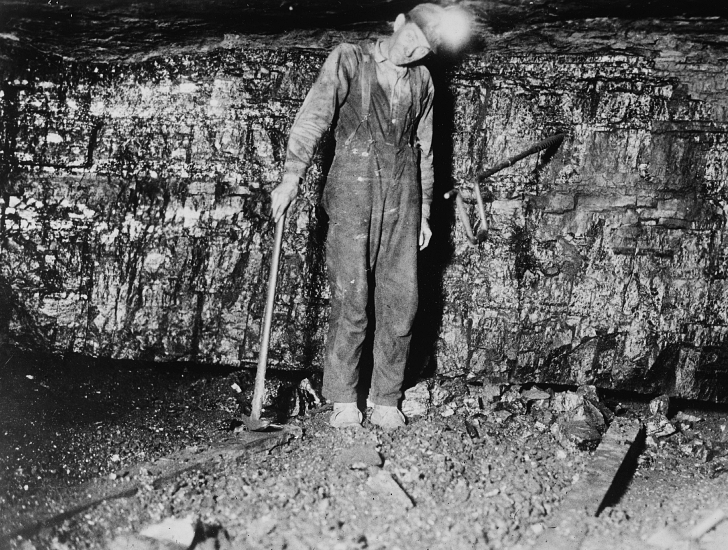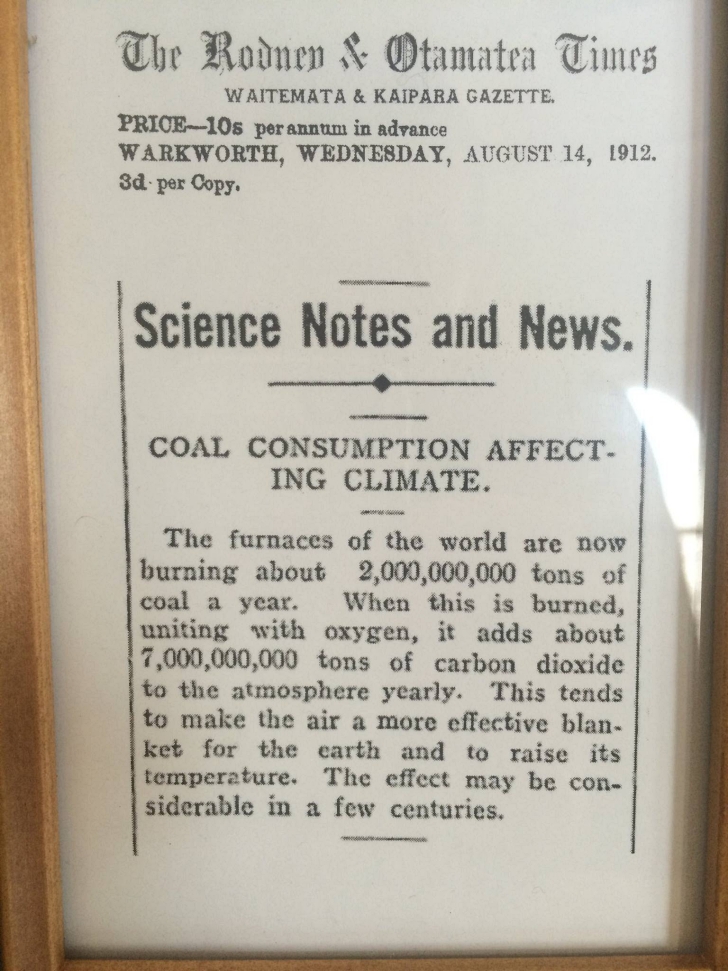1912 Article Warned People About Impending Climate Change
The logic was very interesting for the time.
We’ve all seen old tidbits online, supposedly showing some far-out fact from the past. But, in the case of this 1912 newspaper article the facts are clear: even before World War I some scientists were warning about the potential for climate change due to humankind’s habits. It’s hard to believe that more than a century ago experts were predicting some of the changes in temperature we’re now seeing on planet Earth.

At the time much of the world relied on coal for a variety of benefits. Train engines were powdered by coal and their exhaust chimneys poured out billowing puffs of coal smoke. Many people back then were dependent on coal for their heating and cooking, especially in areas without abundant access to wood or trees.
Because of the huge demand for coal to run industrial operations like dyeing, manufacturing, and electric plants, the coal miners themselves were just as dependent on coal as everyone else- even more so because of their low wages and high risk of injury or illness.

But, a newspaper article from Aug 14th, 1912, from New Zealand proffered that perhaps coal was not the dream fuel that many believed it to be. The article was first published in the Rodney and Otamatea Times, Waitemata and Kaipara Gazette and was titled “Coal Consumption Affecting Climate”.
The article speculates that within a few hundred years humans might see the effects of burning so much coal. It reads: “The furnaces of the world are now burning about 2,000,0000 tons of coal a year. When this is burned, uniting with oxygen, it adds about 7,000,000,000 tons of carbon dioxide to the atmosphere yearly. This tends to make the air a more effective blanket for the earth [sic] and to raise its temperature. The effect may be considerable in a few centuries.”

The same text was found in an Australian newspaper from earlier in 1912 and before that in March of 1912 in the magazine, Popular Mechanics. The 1912 articles plagiarized the caption for the more detailed Popular Mechanics article (written by Francis Molena) which detailed how even in 1911 the overall temperatures were rising at a noticeable rate. In fact the rise in temperatures was the impetus for the article, titled “Remarkable Weather of 1911: The Effect of the Combustion of Coal on the Climate – What Scientists Predict for the Future”.
Molena wrote, “There is a general impression among older men that the good old-fashioned winters in which ‘the snow was fifteen feet deep and lasted six months’ do not come anymore” which was true. Molena went on to speculate that carbon dioxide could change our weather patterns in future, but that it was not known how that would affect humans and that the good coal could do for men in the present, in terms of employment, industry, and warmth, outweighed potential future problems and seemed to think that climate change might level out the weather instead of cause extremes.

In most parts of the world coal is playing an ever-decreasing role in power and manufacturing. Growing demand for clean energy options, like hydro, solar, and wind energy have gone up over the past 10 years, but have not replaced coal altogether- not by a long shot. Despite waning demand in many countries coal is still being mined and burned. In 2017 Forbes reported that 8 billion tonnes (nearly 9 tons) of coal was being used annually.
In the US alone an average of 40-50 tons of coal were used each year the past 3 years. But, today we also use many other types of fossil fuels like natural gas, gasoline, and diesel- all of which contribute to climate change.

According to the National Oceanic and Atmospheric Administration the warmest years on record between 1880 and 2020 all occurred 2016 or later. June of 2021 was the hottest June known in the past 127 years.
Changes in temperature are known not only to affect human health and crops, but also animal habitats and even the sexes of the some animal offspring can be altered by this type of environmental change, things which were sadly not predicted back in 1912.
SKM: below-content placeholderWhizzco for DOT

